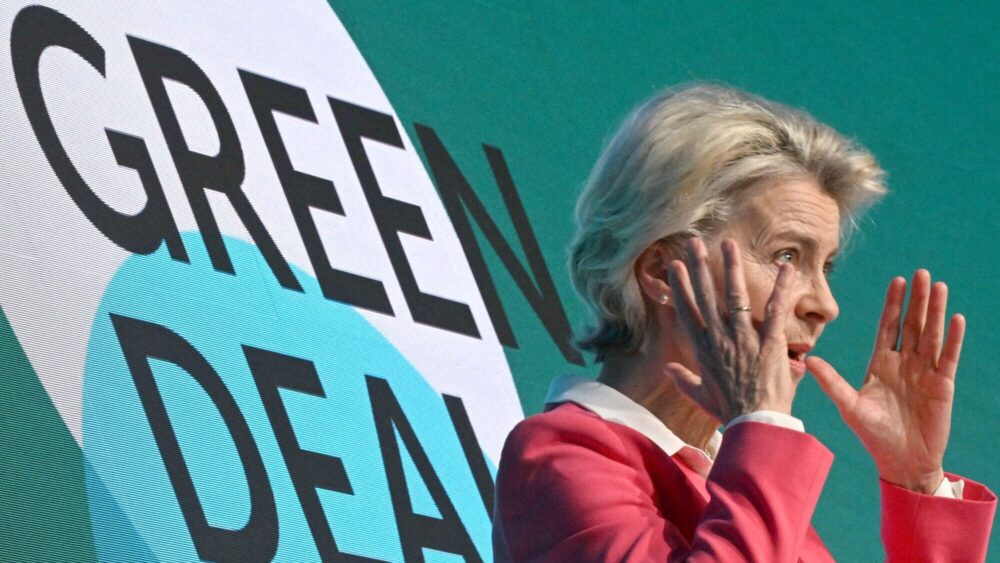June 30th was the deadline by which all European Union member states were legally obliged to submit detailed climate and energy plans to be implemented until 2030—key documents needed to assess whether the EU as a whole would even stand a chance of meeting its ambitious climate targets.
However, nearly all member states—23 out of the 27—failed to do so, leaving the Commission frustrated. Despite the “legal obligation” for member states to respect the deadline, “we have received only four plans,” a Commission spokesperson said. The only ones delivering on time were the Netherlands, Sweden, Finland, and Denmark, covering only 8% of the bloc’s CO2 emissions.
“The Commission strongly urges all other member states to submit their Plans as soon as possible,” the spokesperson added.
The so-called national energy and climate plans (NECPs) were introduced in 2019, as a way to help countries chart more personalized ways to tackle the challenges of the green transformation, to make it easier to hold them to their words during implementation, and to provide insight for the Commission on their progress.
As 2024 is the halfway point of the 10-year period NECPs were created for, all member states were required to send in their self-assessment, while reinforcing their commitments by setting concrete goals to be reached by the end of the decade.
After the continent-wide farmers’ protests and the dramas of the EU elections, however, it seems that Europe couldn’t care less anymore about its climate goals. Brussels could easily bring about punitive measures if it was only a few rebels, but since nearly all of the member states neglected to do their homework, the Eurocrats feel helpless.
Instead of suing 23 countries, including the largest ones, for breach of the EU’s climate regulations, the Commission decided to only raise the issue “as a matter of urgency” with climate and environmental ministers during meetings later this month.
Brussels needs these plans so that it can complete its own assessment of the EU-wide green transition and the progress on its climate goals, often criticized for being unrealistic and too damaging to agriculture, the economy, and the energy market.
Several countries, however, are unlikely to be able to submit a plan before the end of the year, even under greater duress. The Austrian government, for instance, is caught up in a green zealotry-induced civil war with itself after its Green climate minister went behind the back of the Chancellor and approved a highly controversial EU legislation. In such a state, Vienna is not expected to reach a consensus on any such plans at least until after the Austrian elections later this year.
Even if some details need to be updated, we already know that Europe is much farther behind in the green transition than its enthusiastic environmentalist politicians would have us believe. Last year’s report from the European Environmental Agency (EEA), shows that without significant change, EU countries will not meet most of their 2030 climate objectives.
The report, published every December, monitors the progress made on 28 “headline indicators” and their corresponding targets across eight priority groups. These include climate change mitigation, zero pollution, and biodiversity—all part of the EU’s 8th Environment Action Program (EAP), a strategic framework for climate policies to be implemented by 2030.
Of the 28 separate indicators, only five are deemed by the agency “very likely” to be achieved by the deadline, while another three are rated “likely but uncertain” at this point. A further 15 are seen as “unlikely” and five as “very unlikely” to be met by the end of the decade.






